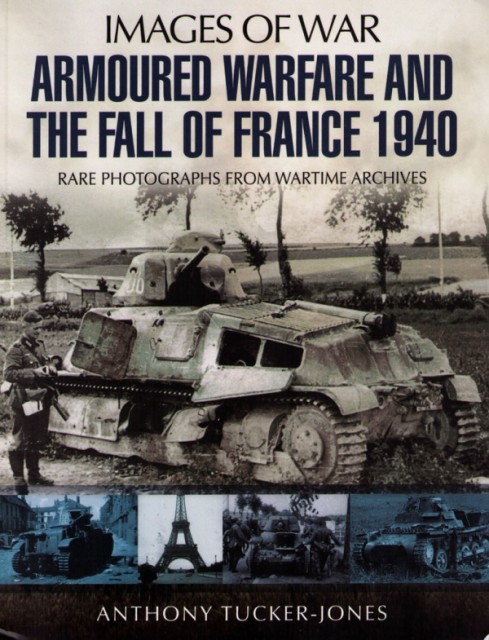If you like your tanks, there is no question that the early years offered up a colourful mix of types from all the belligerents which often proved to be either flimsy or were just badly handled. Now, of course, the exceptions to this rule were the panzer divisions, which although infused with the average, such as the workhorse Panzer III, also had exotica in the form of Czech designs along with the rapidly obsolescent Panzer II and more besides. They all did a job of work and the proof was in the pudding come the summer of 1940.
For the Allies the problem was too many models which were under-gunned and unreliable. They were swept aside by the panzers – no news there, and, of course the outcome for France was tragic. I admit to a sad liking for the French armour. They foster a Gallic attraction for the ever so slightly eccentric nature of their design, based on doctrine and other considerations which would prove useless once the shooting war got under way. For all their many faults, there is something intensely attractive about French tanks and they make me smile as much as that country’s cars of sixties and seventies. I suppose in a way we have to be grateful to all the German photographers who took great delight in snapping them broken down and abandoned across the warzone. It appears to me that there are far more images of tanks which refused to go than those of knocked out armour. But we get the full mix here.
British tanks of the period were just as much of a chocolate fireguard and it would be late in the war before anything you might describe as top notch was coming off the production lines in dear old Blighty. Like the French, the British were producing too many shaky designs based on doctrine and demarcation between branches of the army. It comes down to the failed ideology of the roles these tanks were meant to fulfil, but leaving aside the under-gunned Matilda II which had it’s merits and remains a tad iconic, you do have to wonder how a nation which led the development in armoured warfare before WW2 could get things so spectacularly wrong when it mattered.
In this book the full canvas of the disaster that befell the Allies is played out through a genuinely interesting array of photographs. I have sometimes felt that some of this author’s books have had something missing, often through the use of generics to make up for the lack of specific footage, but in this case everything seems to work really well. As a consequence the overall feel is entirely authentic and full of confidence. I really like this book.
As said, the riches are in the French tanks and they are all here in the inglorious moments. It’s an easy hit, perhaps, but the pretty Hotchkiss and Renault cavalry tanks, in addition to the weightier Somua and incongruous Char Bs have a majesty to them which I presume makes them a little like Marmite, you either love them or hate them.
There is no sitting on the fence with these vehicles. That so many of them went on to fight in battles at all points of the compass within the Nazi dominions tells us they had their uses. I have never been to the museum at Saumur and don’t know if they have any runners, but I would love to see them. A mate of mine snapped a Hotchkiss H35 at Letrun and boy, does it look out of place amid all those Shermans, Cents and other exotica.
I don’t have any hesitation in recommending this book. The Images of War range continues to expand, going from strength to strength. I can keep telling you these bold truths. It’s up to you whether you want to put your hand in your pocket, but I would, if I were you.
Review by Mark Barnes for War History Online
ARMOURED WARFARE AND THE FALL OF FRANCE 1940
By Anthony Tucker-Jones
Pen & Sword Military
ISBN: 978 1 84884 639 5

